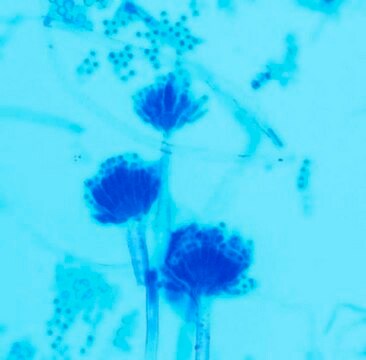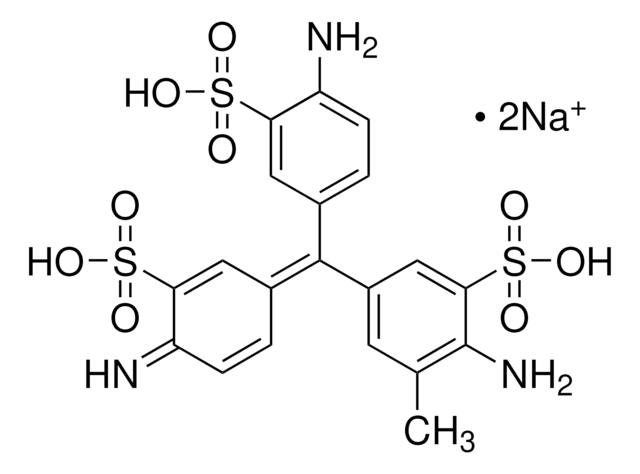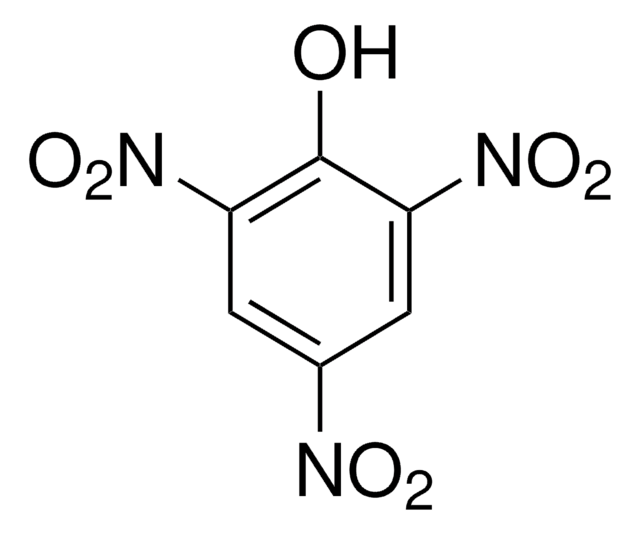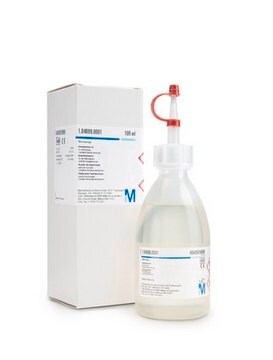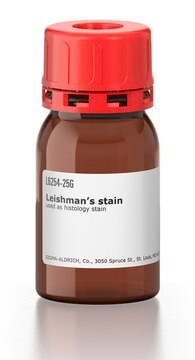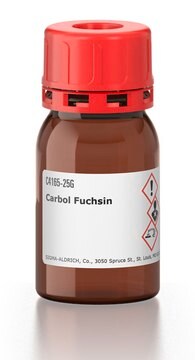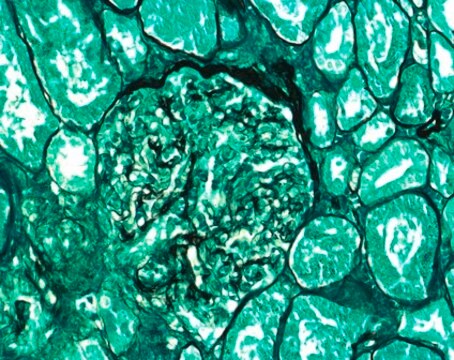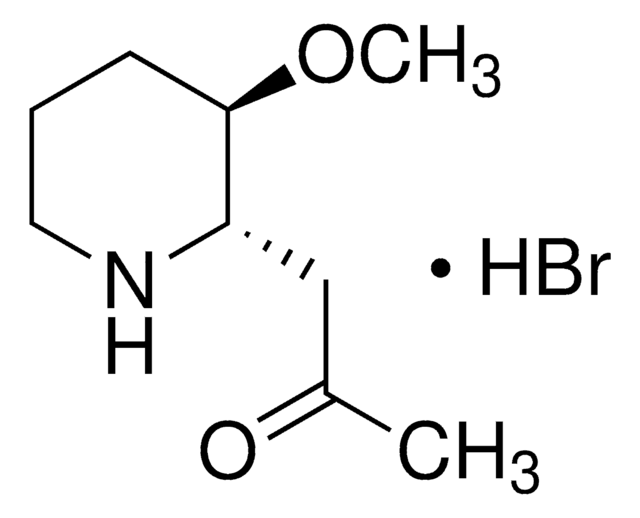61335
Lactophenol blue solution
for microscopy, for staining molds
Synonym(s):
Lactophenol Anilin Blue solution, Lactophenol Cotton Blue solution
About This Item
Recommended Products
grade
for microscopy
for staining molds
Quality Level
technique(s)
microbe id | staining: suitable
impurities
phenol
density
1.16 g/mL at 20 °C
application(s)
food and beverages
suitability
fungi
yeasts
Other Notes
signalword
Danger
Hazard Classifications
Acute Tox. 4 Inhalation - Acute Tox. 4 Oral - Aquatic Chronic 2 - Eye Dam. 1 - Muta. 2 - Skin Corr. 1B - STOT RE 2
target_organs
Nervous system,Kidney,Liver,Skin
supp_hazards
Storage Class
6.1A - Combustible acute toxic Cat. 1 and 2 / very toxic hazardous materials
wgk_germany
WGK 3
flash_point_f
Not applicable
flash_point_c
Not applicable
ppe
Faceshields, Gloves, Goggles, type ABEK (EN14387) respirator filter
Choose from one of the most recent versions:
Already Own This Product?
Find documentation for the products that you have recently purchased in the Document Library.
Customers Also Viewed
Our team of scientists has experience in all areas of research including Life Science, Material Science, Chemical Synthesis, Chromatography, Analytical and many others.
Contact Technical Service